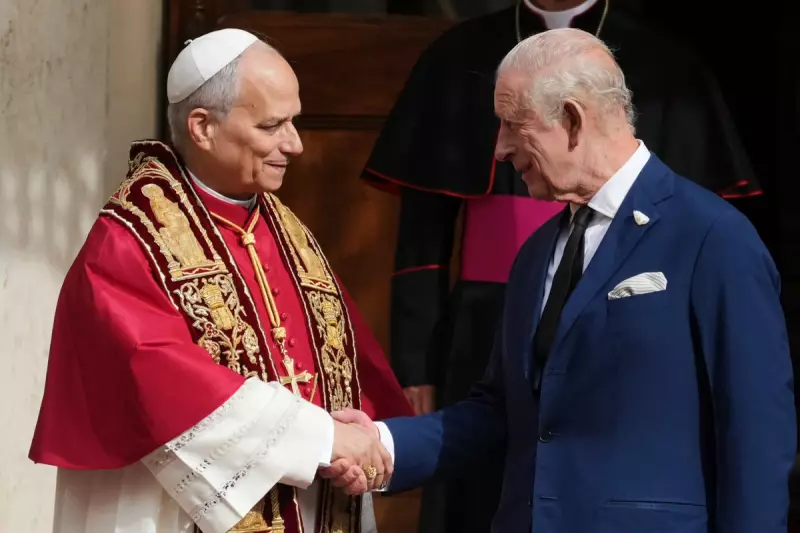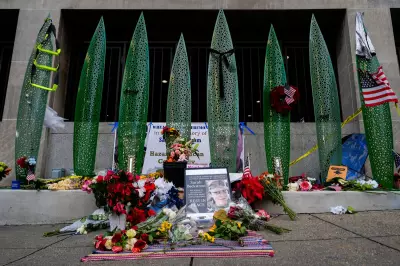
In a significant diplomatic move that bridges centuries of religious division, King Charles III has embarked on a historic visit to the Vatican, marking a new chapter in Anglican-Catholic relations. The monarch's journey to the heart of the Catholic world represents a powerful symbol of unity during a period of global uncertainty.
A Royal Bridge Between Churches
The King's visit comes at a crucial time for both British foreign policy and interfaith dialogue. With Britain repositioning itself on the global stage post-Brexit, such high-profile diplomatic engagements carry substantial weight in international relations.
This unprecedented meeting between the Supreme Governor of the Church of England and leadership of the Catholic Church demonstrates a mutual commitment to fostering stronger ties between the two Christian traditions. The visit is particularly noteworthy given the historical tensions that have characterised Anglican-Catholic relations since the Reformation.
Strengthening International Partnerships
Observers note that the King's Vatican engagement forms part of a broader strategy to reinforce Britain's global relationships beyond Europe. The diplomatic mission serves multiple purposes:
- Enhancing UK-Vatican bilateral relations
- Promoting interfaith dialogue and understanding
- Demonstrating Britain's continued global influence
- Addressing shared concerns about religious freedom worldwide
The visit also highlights the evolving role of the monarchy in modern British diplomacy, with King Charles carving out his distinctive approach to international engagement.
Historical Context and Future Implications
While previous monarchs have maintained cordial relations with the Vatican, King Charles's visit signals a potential deepening of theological and diplomatic cooperation. The meeting comes amid ongoing challenges facing Christian communities globally, from secularisation pressures to religious persecution in various regions.
This royal diplomacy initiative may pave the way for increased collaboration on social issues, humanitarian efforts, and peace-building initiatives where both churches share common ground. The timing suggests a strategic alignment of values and interests as Britain continues to redefine its international partnerships.
The successful execution of this visit could establish a template for future royal engagements that blend traditional diplomatic functions with the monarch's personal commitment to interfaith understanding and cooperation.





